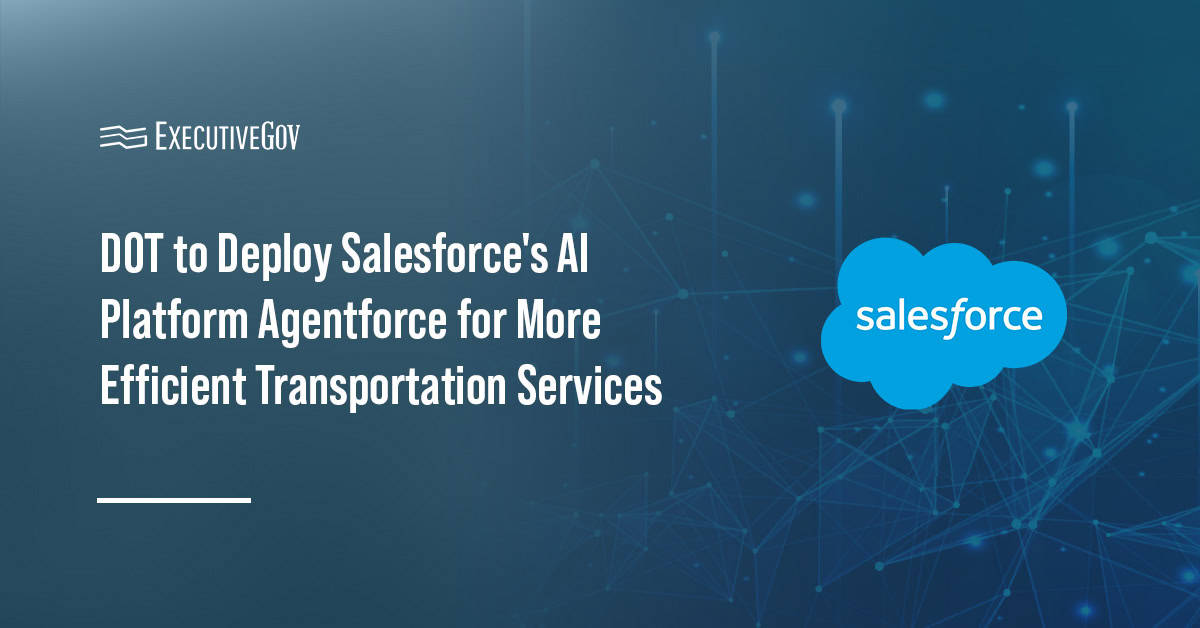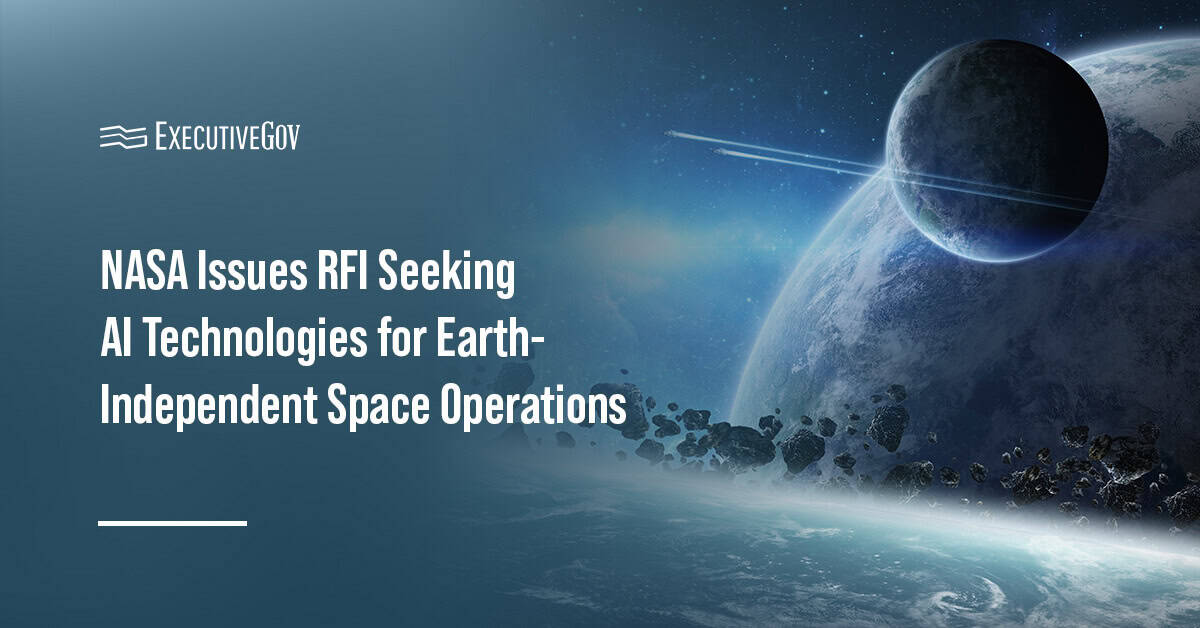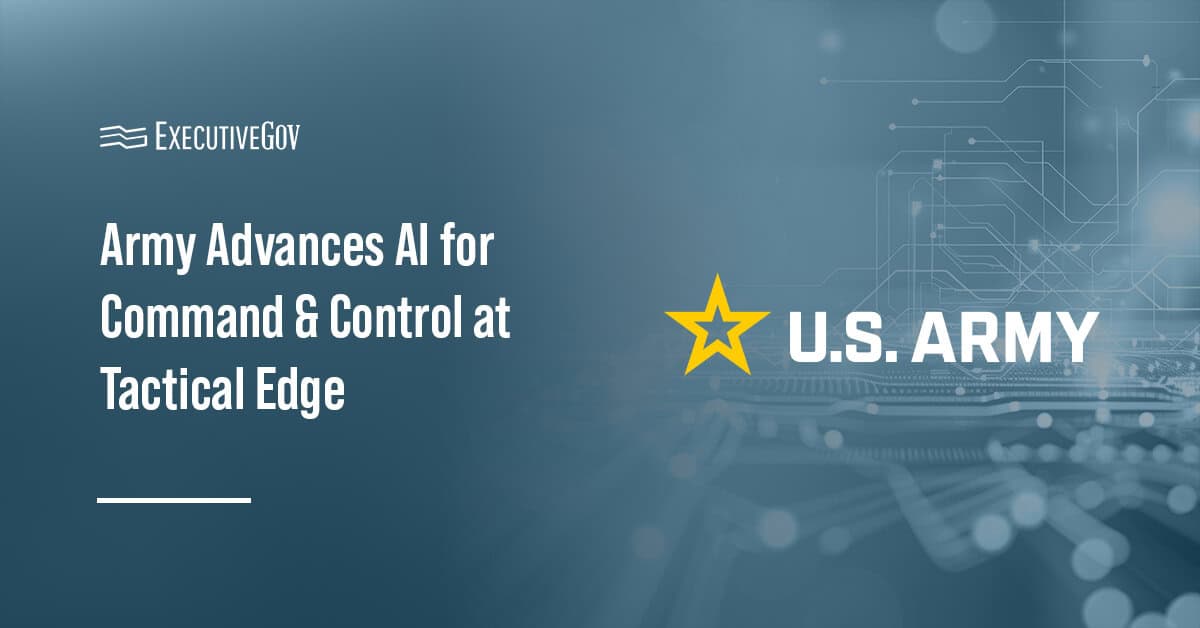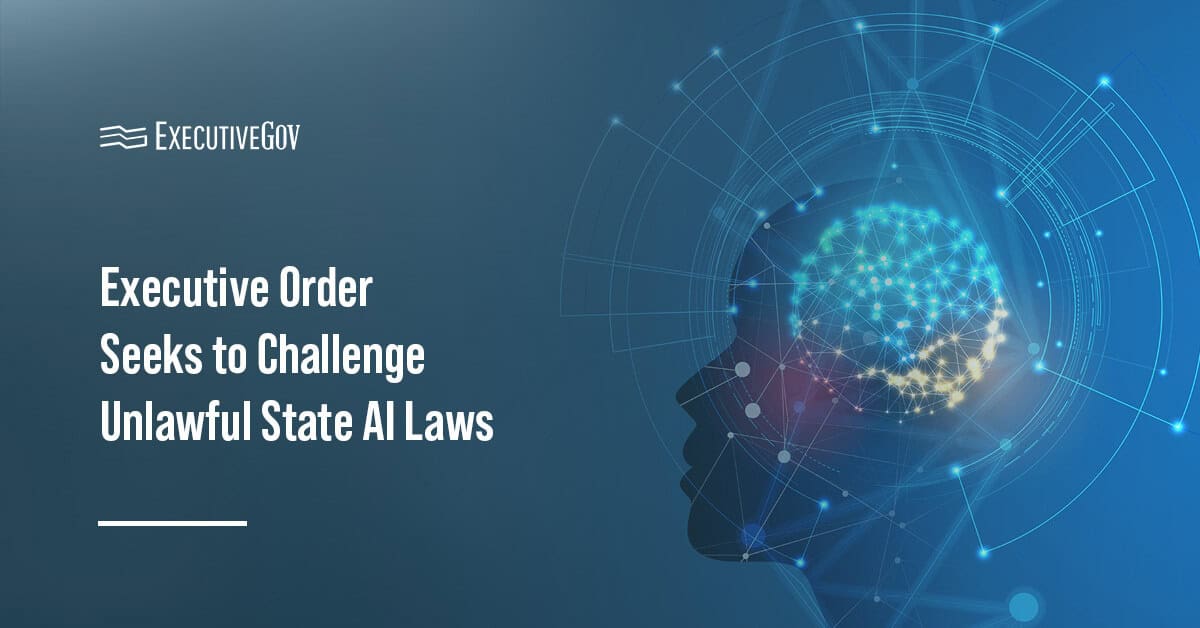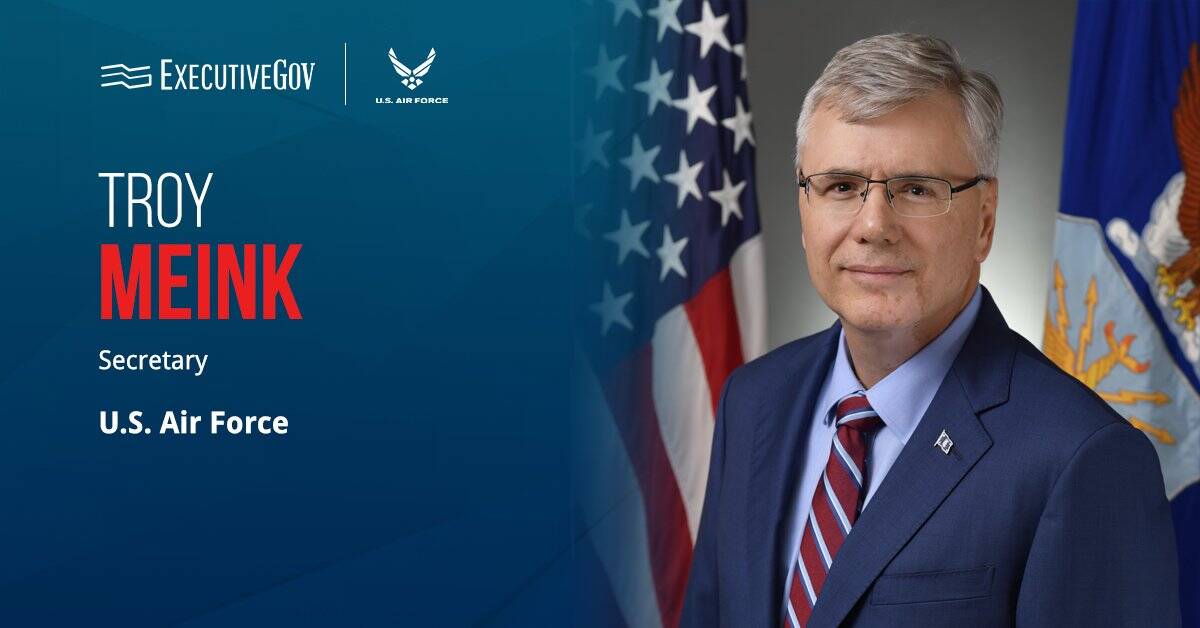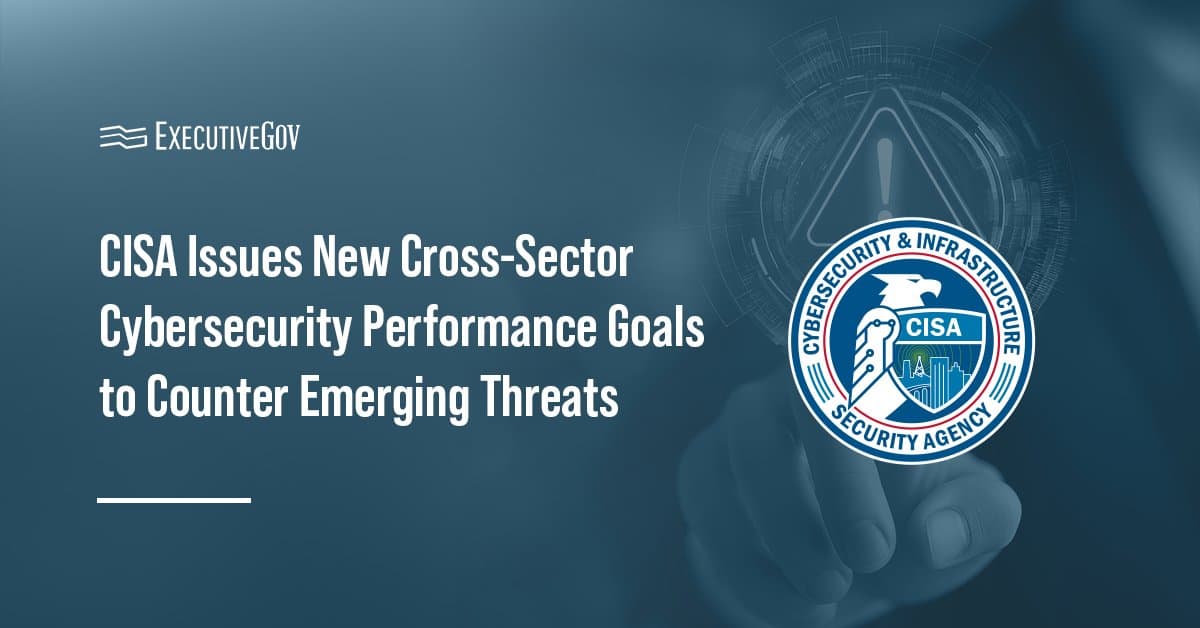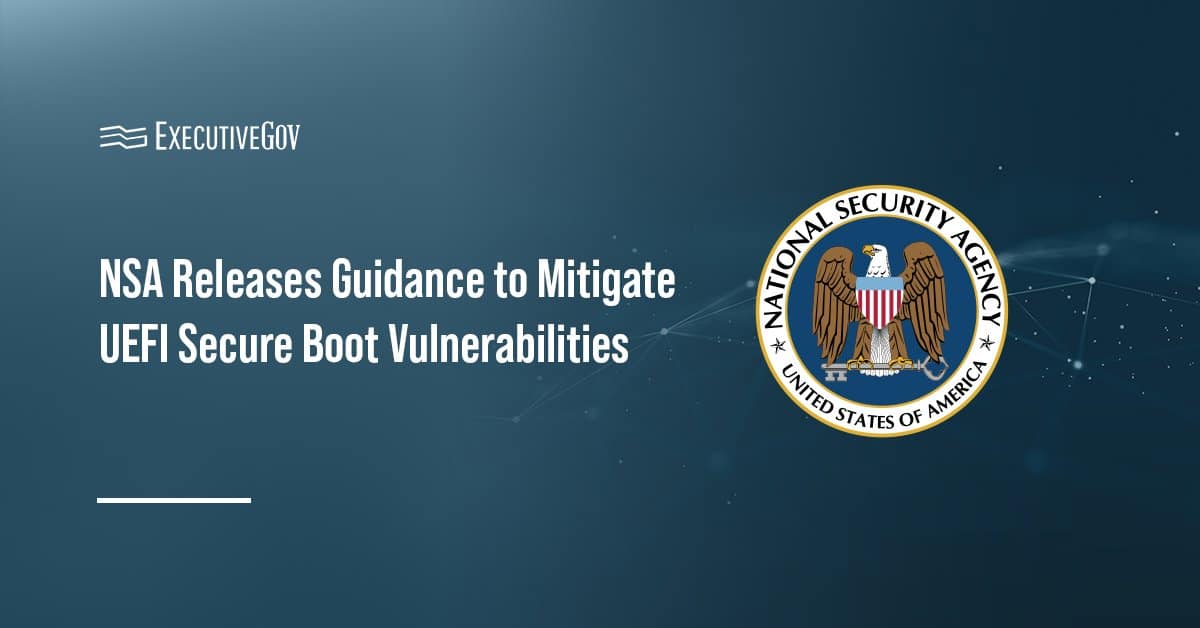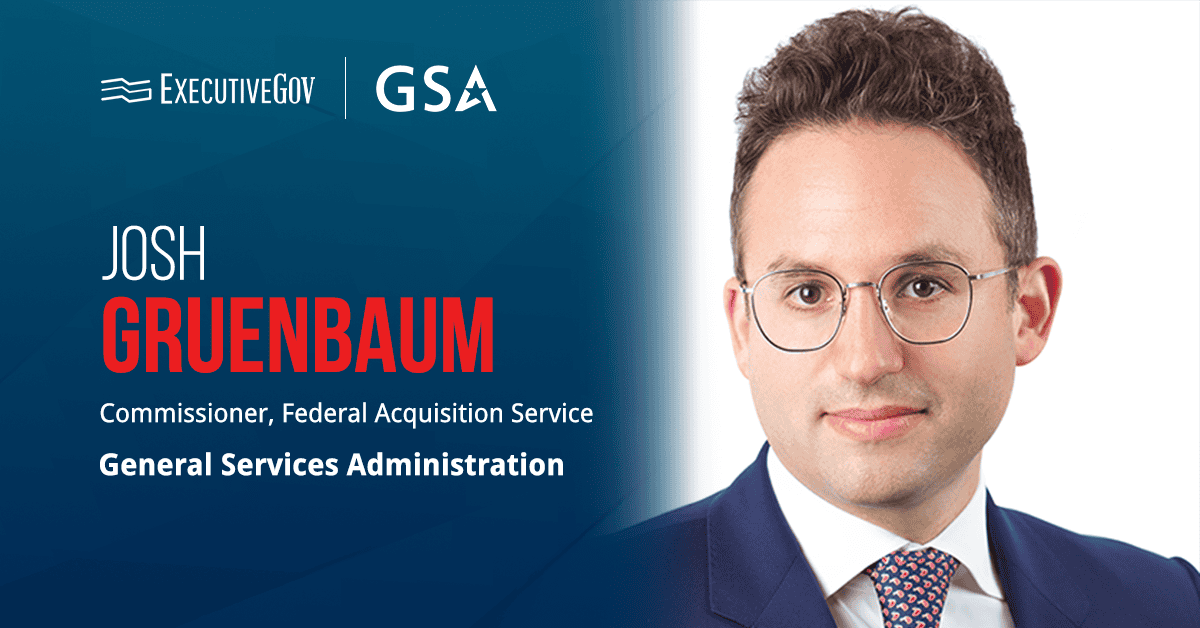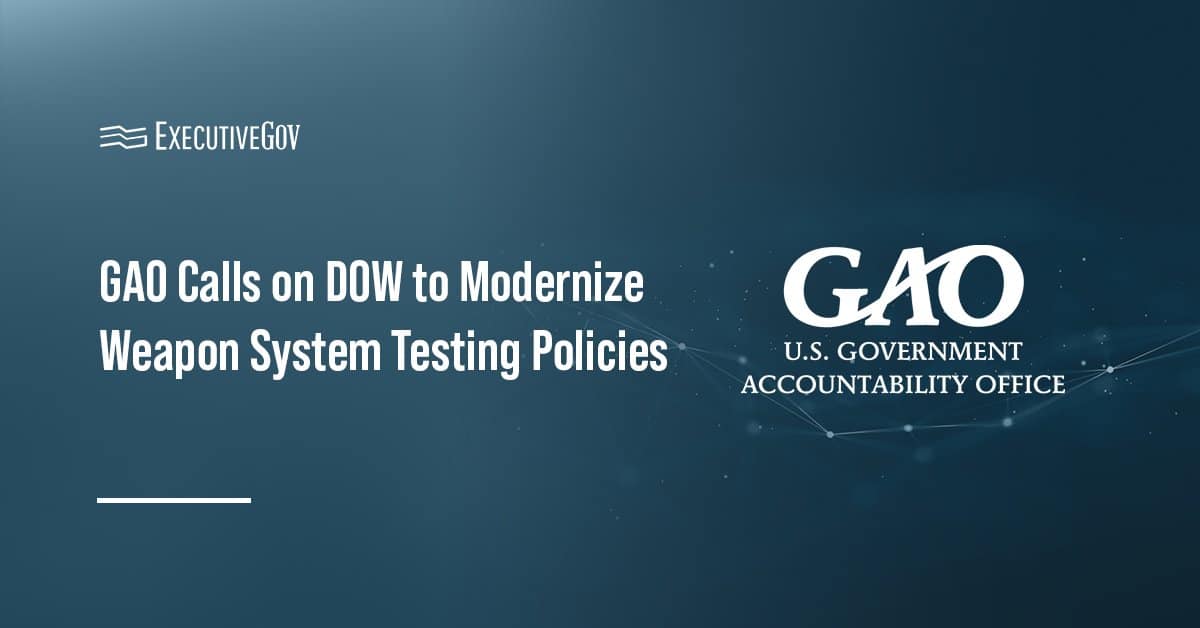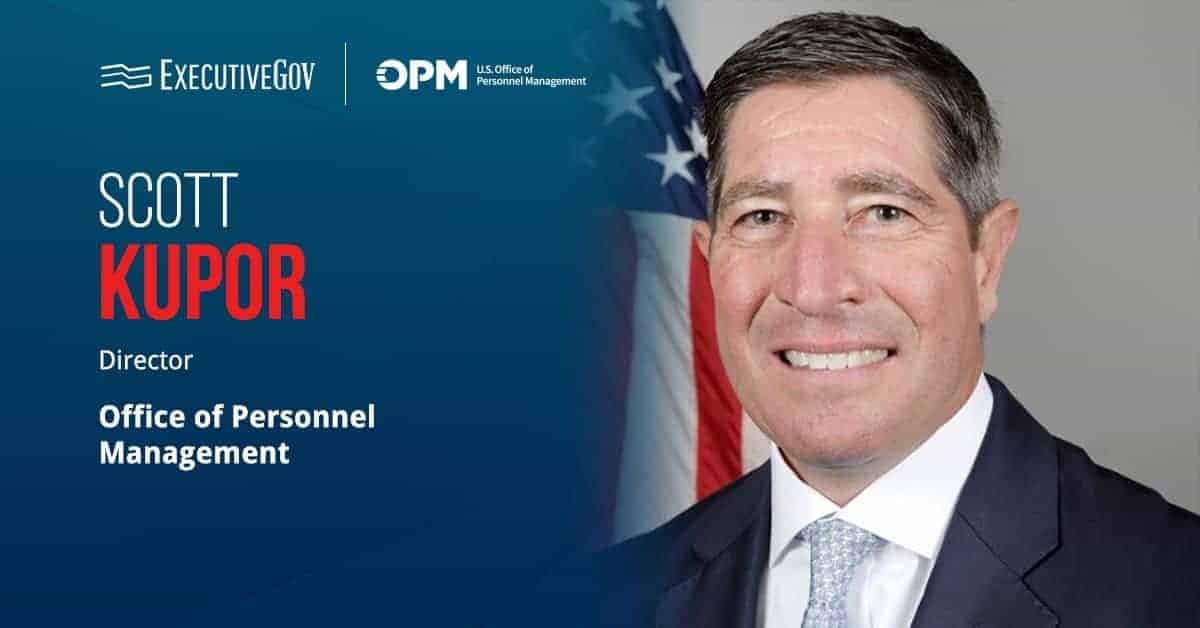The Department of Transportation is adopting Salesforce’s artificial intelligence agent platform Agentforce to deliver round-the-clock support to the public, generate alerts and proposed mitigation strategies for traffic incidents, and create an overall more efficient transportation system.
Salesforce said Thursday that Agentforce’s intelligent AI agents will assist agency employees by automating manual tasks across the agency.
“To deliver on our mission of building a safe, efficient, and modern transportation system, we have to start with making technology our biggest asset,” Pavan Pidugu, chief digital and information officer of DOT, stated. “We needed to make a strategic shift to deliver on our mission: adding AI at the core of everything we’re doing. Now, we’re not just deploying new technology, we’re empowering our agency to work more effectively and, most importantly, ensuring the safety and future of our country’s transportation system.”

Find out how federal and defense agencies are utilizing AI at the Potomac Officers Club’s 2026 Artificial Intelligence Summit on March 19. The in-person event will bring together government and GovCon industry experts in AI for panel discussions and networking opportunities. Get your tickets today.
How Will Salesforce’s Agentforce Modernize the US Transportation System?
According to Salesforce, Agentforce’s AI agents will be in charge of responding to citizen complaints or guiding the public when accessing government services.
The platform will also analyze datasets including weather, traffic trends and historical incident data to reduce transportation accidents.
Additionally, Agentforce will review grant applications, verify compliance, flag missing information and draft approval recommendations for human review. The approach is intended to accelerate the release of federal funding for transportation and infrastructure projects.
Salesforce launched Agentforce for Public Sector in August. The company is also offering its Slack AI for Enterprise at a discounted price for federal agencies under a OneGov agreement with the General Services Administration.


